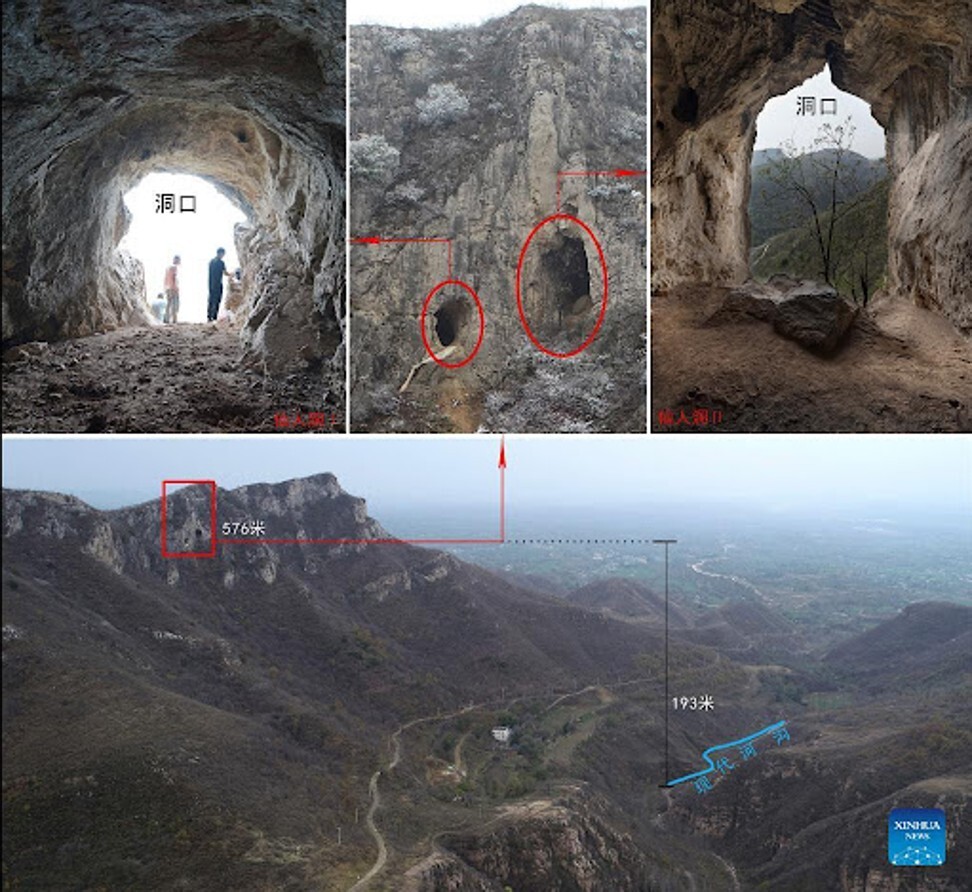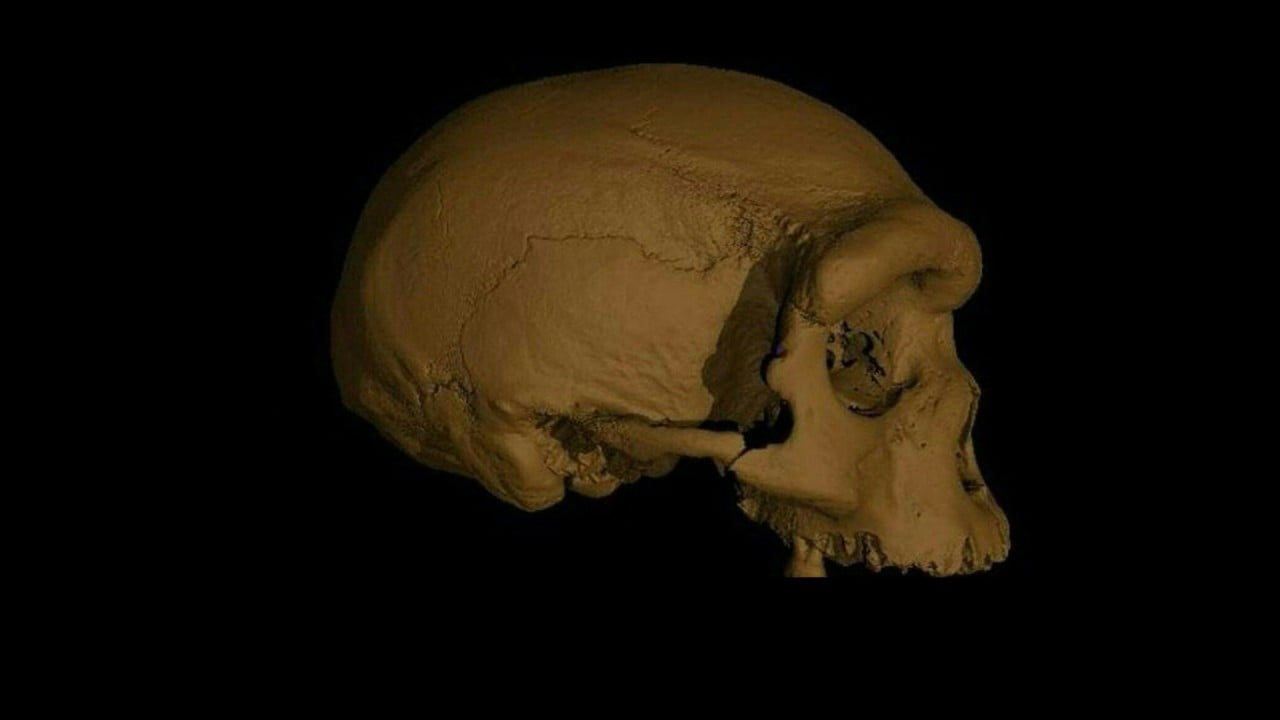
A 32,000-year-old skull discovered in central China is oldest known human fossil found in Henan province
- Archaeologists also found a separate skull that they believe is 12,000 years old
- The discovery comes just months after ‘Dragon Man’ sparked debate about a new species of the human family
Chinese archaeologists announced on Monday the discovery of a 32,000-year-old human skull in the central province of Henan, the oldest ever found there.

Liu Haiwang, the president of the Henan Provincial Institute of Cultural Heritage and Archaeology, told Xinhua that the discovery was “extremely important for understanding the origins and evolution of modern people in China”.
The age of the skull in Henan is consistent with a theory published in May that a relatively large population of early modern humans settled in East Asia around 40,000 years ago.
All evidence of their existence disappeared about 32,000 years ago and another group of humans emerged 19,000 years ago, pointing to significant population replacement in the region.
The phenomenon also happened in Europe across nearly identical periods. The disappearance of the earlier humans coincided with the end of the Last Glacial Maximum, the final period in which ice sheets covered large extents of earth, said the study published in the academic journal Cell.
Scientists theorised that these early inhabiters of East Asia probably hunted red deer and may have interacted with extinct human species such as Neanderthals, which died out around 40,000 years ago.

06:56
Coming face to face with China’s ‘dragon man’
In June, China became the source of global headlines when scientists announced the discovery of an exquisitely preserved skull they believe belonged to a previously undiscovered extinct species of the human family.
Dubbed “Dragon Man”, the Homo longi skull was around 146,000 years old and, with further study, might replace Neanderthals as the closest relative to humans.
However, other scientists argued that the Dragon Man was not a new species but rather a Denisovan, which scientists think began interbreeding with Homo sapiens around 30,000 years ago.
Some scientists believe the Denisovans were a unique species of the Homo family, while others have argued that they are an extinct subspecies of Homo sapiens.

Speaking to the Post about the Dragon Man in June, Mark Masin, a professor of earth system science at the University College London, said evidence points to interactions and interbreeding across the Homo family.
But, he added, it has become clear that the Homo sapiens that came out of Africa 60,000 years ago “out-competed, outbred and even outfought” the other Homo species.
For the recent discovery, scientists used Uranium-series dating to estimate the age of the skulls. Uranium-series dating is a process that tracks radioactive isotopes to estimate the age of materials such as rock or fossils.

